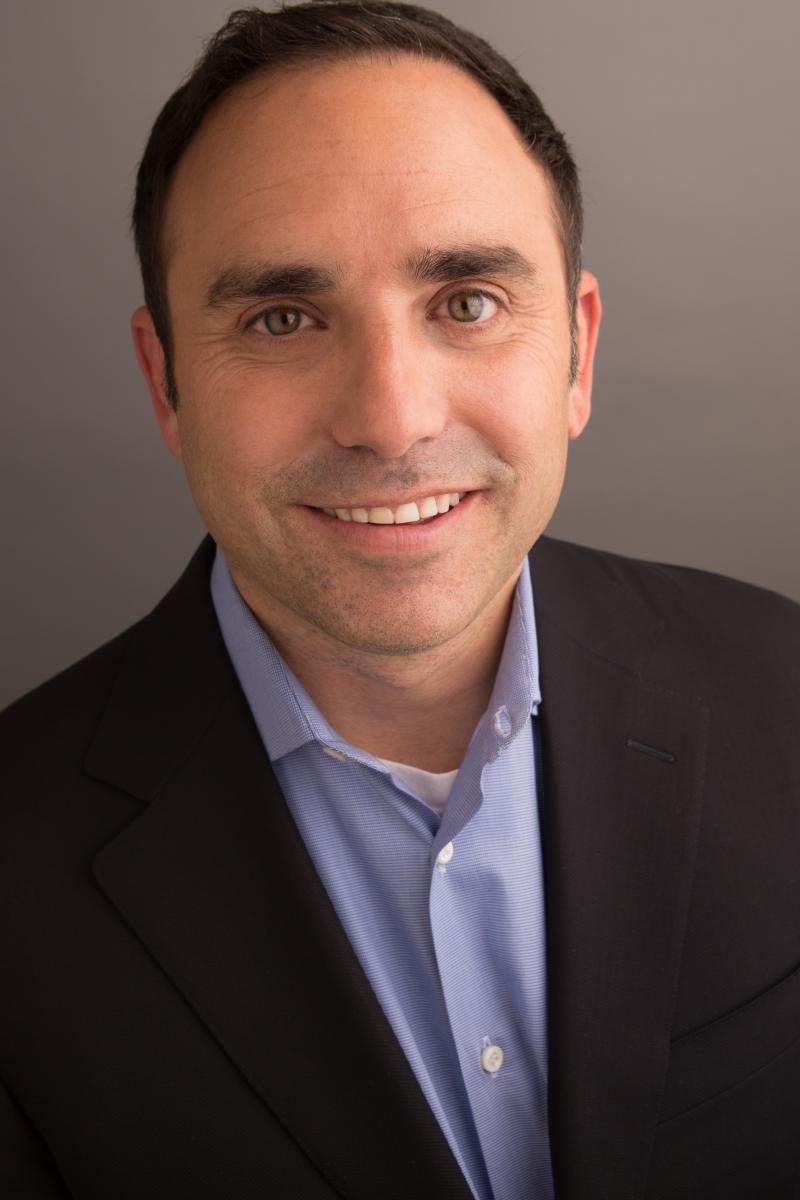A New Landscape Emerges for Wholesale Lending

 During the past eight years, the U.S. mortgage industry endured its most tumultuous and evolutionary time period since the great depression. Consolidation, new rules, compliance regulations and structural changes disrupted and revolutionized the entire industry, as well as the customer experience. Many believed that wholesale lending was on its deathbed. However, the players that redefined themselves to meet industry changes are now finding themselves well positioned to identify and capture future opportunities in the new landscape.
During the past eight years, the U.S. mortgage industry endured its most tumultuous and evolutionary time period since the great depression. Consolidation, new rules, compliance regulations and structural changes disrupted and revolutionized the entire industry, as well as the customer experience. Many believed that wholesale lending was on its deathbed. However, the players that redefined themselves to meet industry changes are now finding themselves well positioned to identify and capture future opportunities in the new landscape.
Sweeping consolidation
After the housing collapse of 2008 swept through the mortgage industry, many banks that offered wholesale mortgage lending started getting out of the market. Wholesale loans provided lower compensation than retail products, Basel III reform was on the horizon, and Dodd-Frank’s regulatory compliance requirements were difficult to navigate. This perfect storm of circumstances made it more challenging than ever for banks to be profitable in wholesale lending while taking on added responsibility for the quality of their third-party loans. As a result, many lending institutions decided the cost of compliance and risk outweighed the benefits, and they eliminated their wholesale lending channels. They focused instead on increasing capital while concentrating on dealing directly with consumers and correspondent banks.
Once the storm had passed, many presumed the market impact of wholesale lending consolidation would not be a favorable one. Most assumed fewer players in the wholesale channel would negatively affect borrowers because of fewer choices and higher costs. Others believed wholesale lending would go away entirely. But in reality, the changes haven’t had the negative effect that most people thought. In fact, it’s been a good thing for the mortgage industry and we have seen and will continue to see many new entrants into this segment of the market.
New opportunities arise
When large banks began exiting wholesale in 2008, the resulting consolidation began to push wholesale lending into mortgage banks and other non-bank entities. These institutions could now offer customers the lending options without competition from the larger banking operations.
A significant effect of the aggregation was that the industry became much more diverse. This allowed many small-to-mid-sized, independent wholesale institutions to thrive and gain market share. Today, the wholesale segment accounts for eight to nine percent of the U.S. lending market.
The consolidation also resulted in increased competition. Three or four years ago, there wasn’t much competition in wholesale lending. Fewer players, made up of predominantly larger institutions, shared the majority of the market. But within the last five years, strong regional banks have begun to return, and now the competitive landscape consists of more players comprised mostly of smaller institutions. Whether this trend continues, time will ultimately tell. Perhaps if interest rates begin rising, wholesale lending may become more appealing to large lenders because they will be looking for a product that they may not be able to get from their current channels.
Today, wholesale lending is more expensive than before, primarily because sweeping reforms and regulations have significantly increased compliance costs compared to five years ago. But that is the case for every lending channel right now, not just wholesale. It is part of the new lending landscape and in some ways wholesale is uniquely qualified to adapt to this environment
A new way of lending
With the CFPB’s recent, newly created profiles for qualified and non-qualified mortgages, we can expect that wholesale lending will remain a minority part of the overall national marketplace. But it will serve an important and growing niche in the alternatives market. Wholesale lending is positioned to offer viable options for financially disadvantaged and very wealthy borrowers who collectively comprise approximately 20 percent of the marketplace and do not meet the requirements for mainstream mortgages.
When interest rates begin to increase, many believe there is going to be tremendous demand for volume and growth in lending. Private money is greatly needed to meet the demand in this segment on a national level, and wholesale lenders are poised to play a leading role in making this happen. Because of their legacy-free profile the remaining smaller operators: wholesale lenders, in conjunction with small regional banks, independent banks, REITS, and other non-bank entities, are better suited than large banks to develop the new and creative lending solutions needed for this segment. Many of the big banks are still mired in lawsuits from 2008 and do not have an appetite for risky loans.
Additionally, many wholesale institutions are now holding their own book of servicing, similar to the traditional mortgage banking model, which requires the borrower to perform in order for the institution to realize full value of its investments in the servicing. In this model, wholesale lenders make their money through a residual payment process over multiple years and are not selling their servicing or relinquishing any responsibility, so their decisions are much more conservative or at least well thought through in terms of risk. This is good for the industry and the U.S. economy and it, along with new industry regulations, will help improve credit quality and liquidity for the consumers in the future.
New era on the horizon
With a redefined competitive landscape, a new regulatory framework, and a revised qualified mortgage (QM) rule in place, the wholesale channel is set to capture new opportunities. Two important areas are serving the steadily growing Latino and Asian populations. By 2040, the Latino population in California alone is projected to be the majority population. Nationwide, these populations present an enormous growth opportunity for most lending institutions, and there will be a push to develop marketing materials and lending programs specifically designed for them.
Moving forward after a disaster often requires a new approach and wholesale lenders may have an advantage that allows them to achieve greater efficiencies internally and within the market. However, their greatest challenge will be ensuring the right systems are in place to monitor counterparty risk and preclude another market catastrophe. Technology will play an important role in this, and the players who optimize it will greatly enhance their ability to thrive. Wholesale lenders who innovate, are nimble and have integrated technology as part of their new business models, are the ones that will succeed and provide a better experience in this new era.
Matt Ostrander is chairman and chief executive officer of Parkside Lending, a national wholesale and correspondent lender. He also is a director for the California Mortgage Bankers Association (CMBA), where he serves as the president of residential real estate, and was recently appointed as a board member of the Freddie Mac Advisory Board. He can be reached by e-mail at [email protected].
This article originally appeared in the May 2015 print edition of National Mortgage Professional Magazine.





